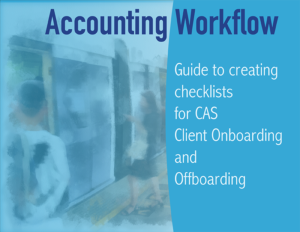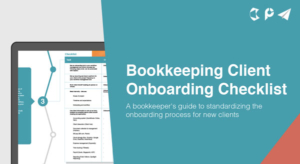Although it can be scary to say, “no” isn’t a bad word. It can be a vital part of your vocabulary when it comes to setting boundaries with your bookkeeping clients. You have a specific vision for your bookkeeping firm, which is why you have to be strict with your rules. Boundaries help you and your clients stay on the same page and help protect you from stretching yourself too thin. But how can you say no with confidence while also avoiding harming your client relationships?
Set Expectations
Your engagement letter is a key part of boundary-setting with clients. It would help if you tried to set clear expectations upfront and spell things out in writing. Your clients should be aware of your working hours, availability, and response time for emails and calls. It’s also a good idea to review your engagement letter annually so that your client is reminded of your service terms.
Be Confident in Your Decision
If you’re “no” sounds like a maybe, clients may try to push you to “yes”. That’s why, when you’re establishing boundaries, it’s important to be firm and assertive. Remember, at the end of the day, it’s your firm. You get the final say in how you conduct your business.
Consistency is Key
No one likes it when people play favorites, and you don’t want your clients to get that impression of you. If you say no to one client, you should say no to ALL your clients. Regardless of what your client’s circumstances may be, your boundaries are meant to protect your business and your own well-being.
Don’t Beat Around the Bush
Your clients value your honesty. When you have to decline to do certain work or remind your clients of a term in your engagement letter, be honest with your client. Explain your reasoning directly. They may not need a super detailed explanation, but just saying why you have a certain boundary can help them understand your perspective.
It Pays to Be Nice
Just because you’re saying “no” doesn’t mean there has to be any sort of confrontation. Being respectful and polite can go a long way in protecting your client relationships. The way you treat your clients will also help create an expectation about how you should be treated.
Give Another Option
Sometimes, no doesn’t have to be the end of the conversation. For some client problems, you may be able to suggest other solutions that don’t involve crossing your boundaries. This can look like suggesting a meeting time inside your working hours or telling them about a different service package that includes the type of work they want.
We all have to have difficult conversations in business, but setting boundaries is both necessary and wonderful. With clear and consistent boundaries, you can protect your bookkeeping firm and also your mental health. At the end of the day, you can’t provide good work to your clients if you aren’t looking after yourself first. And it all starts with being able to say NO.











